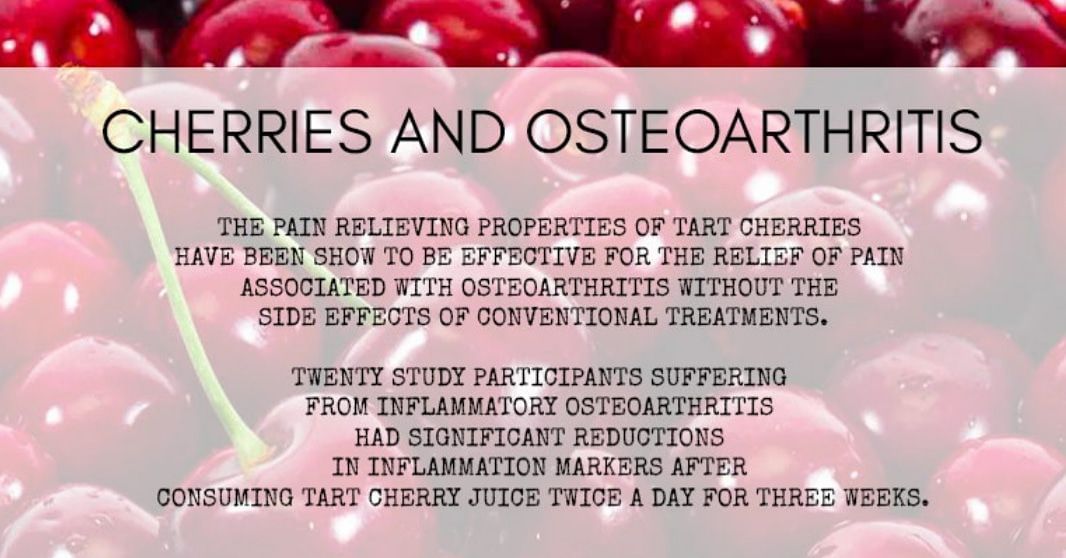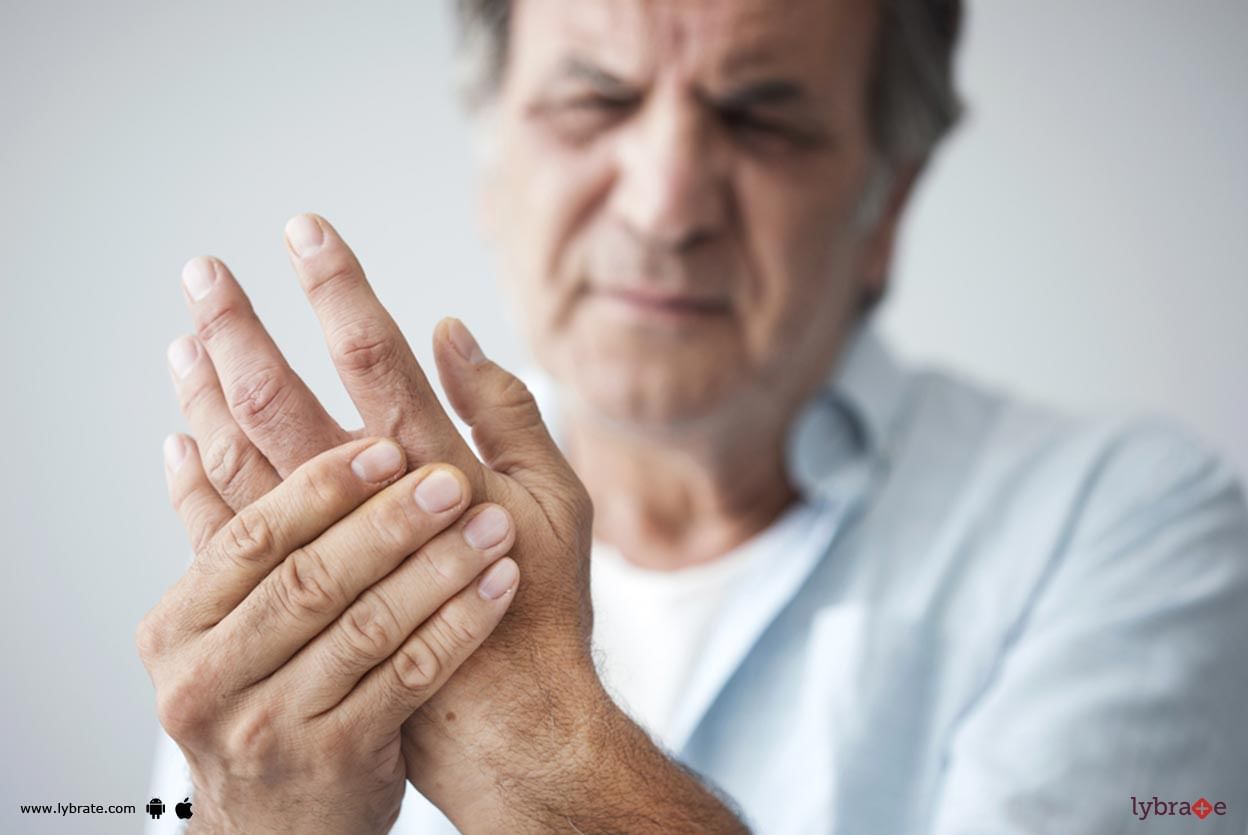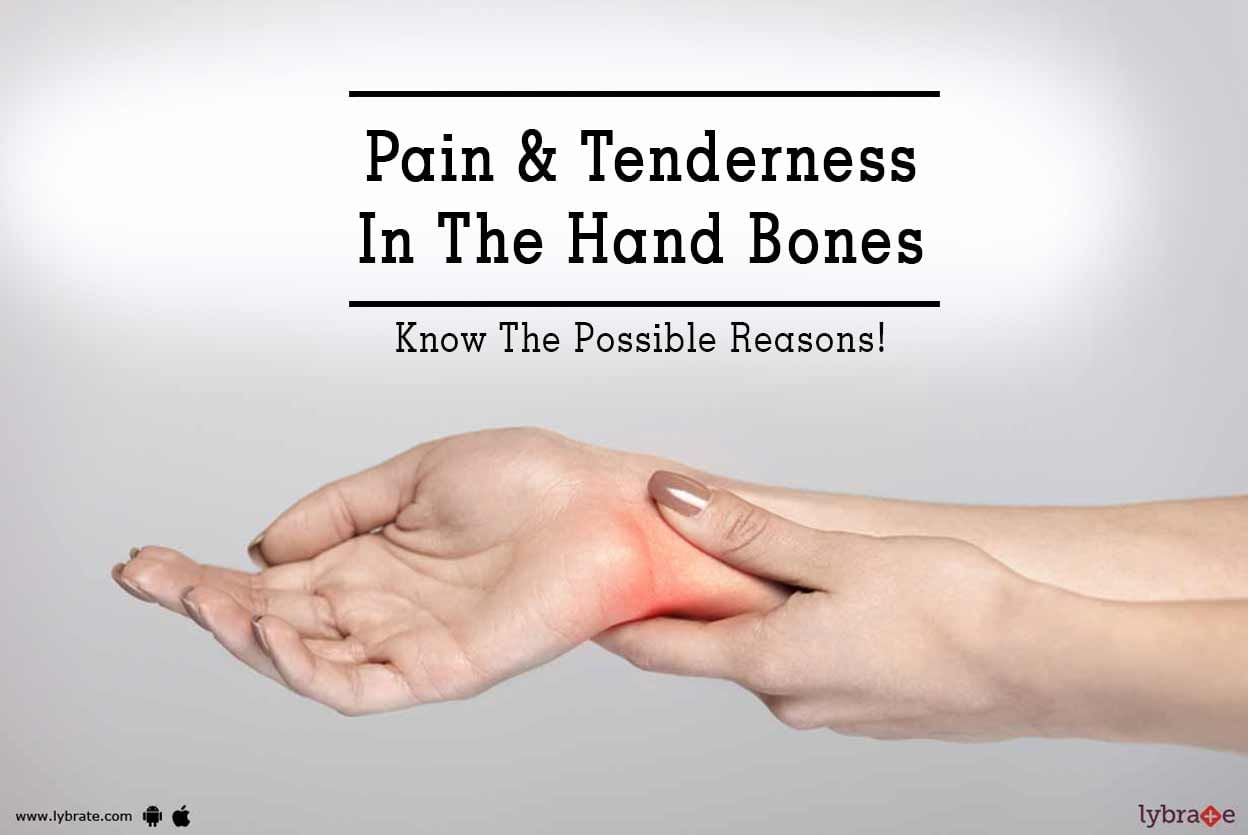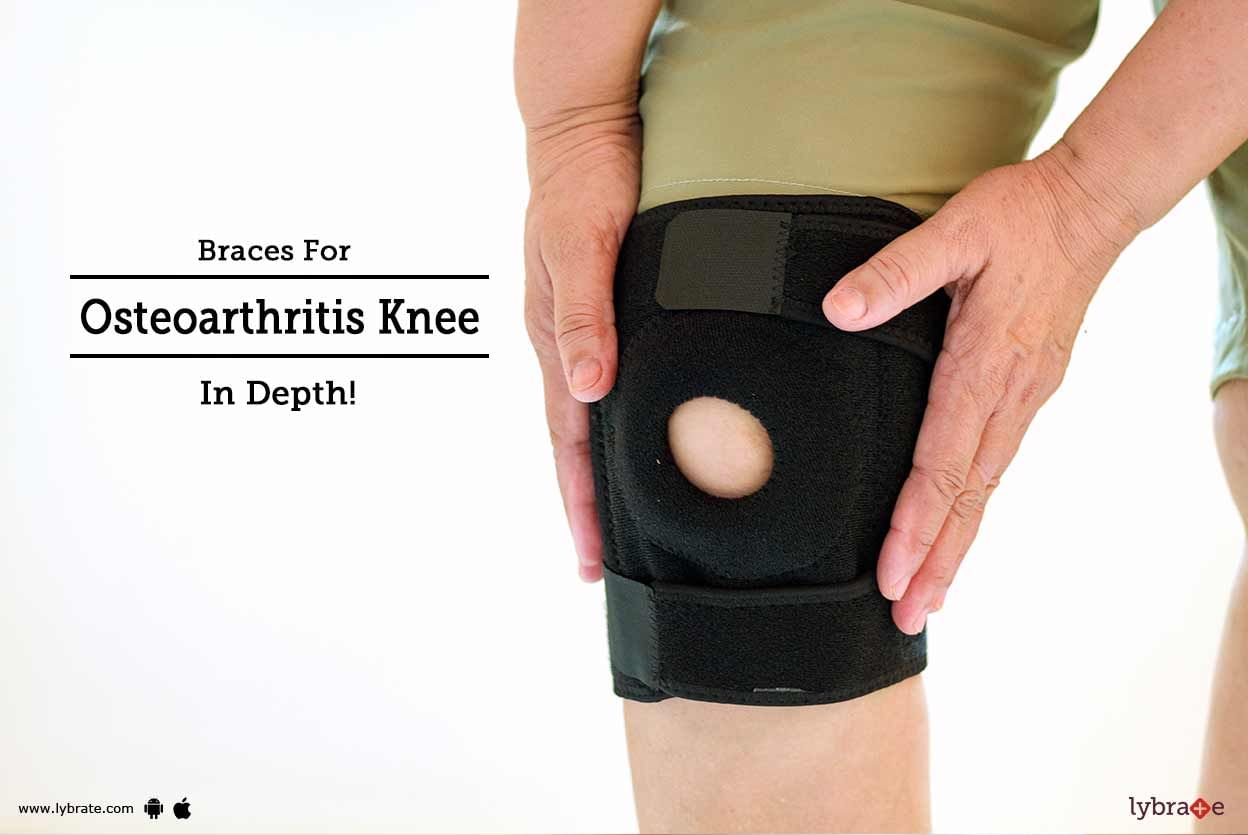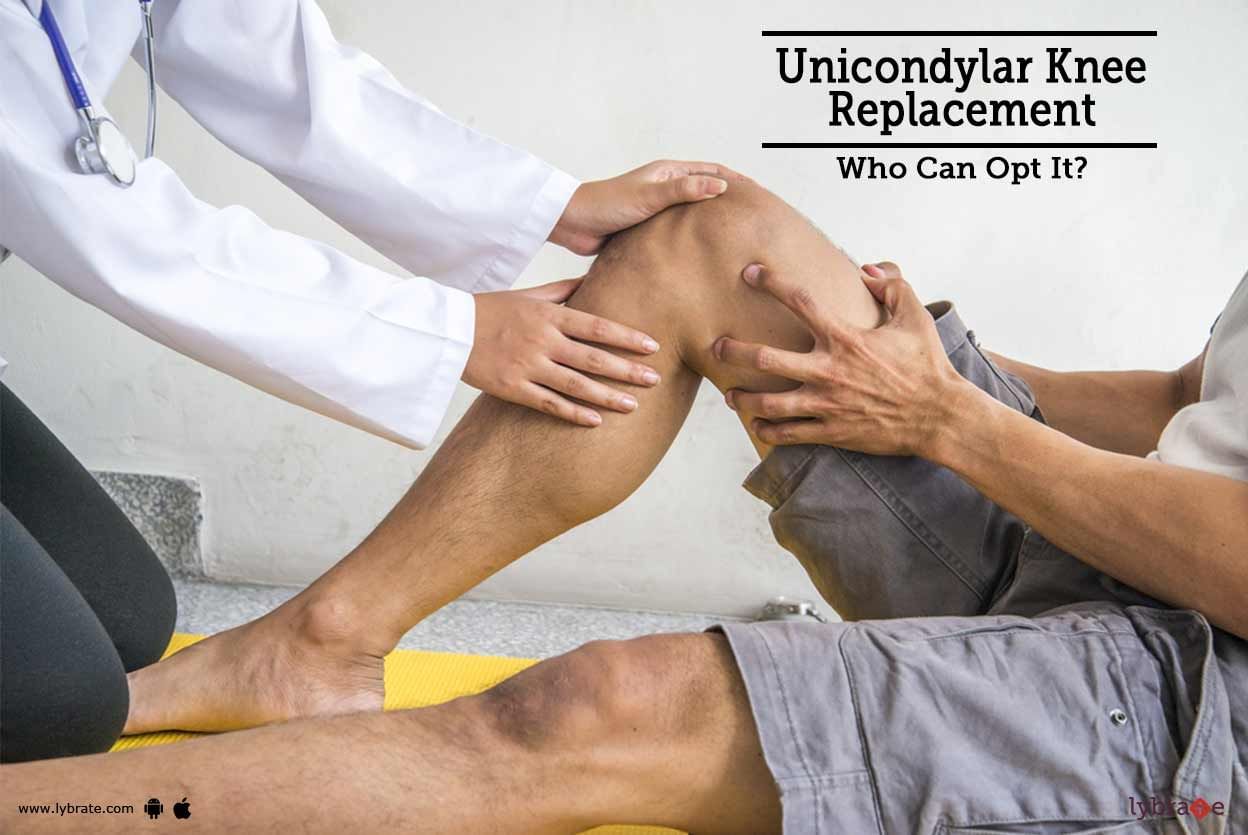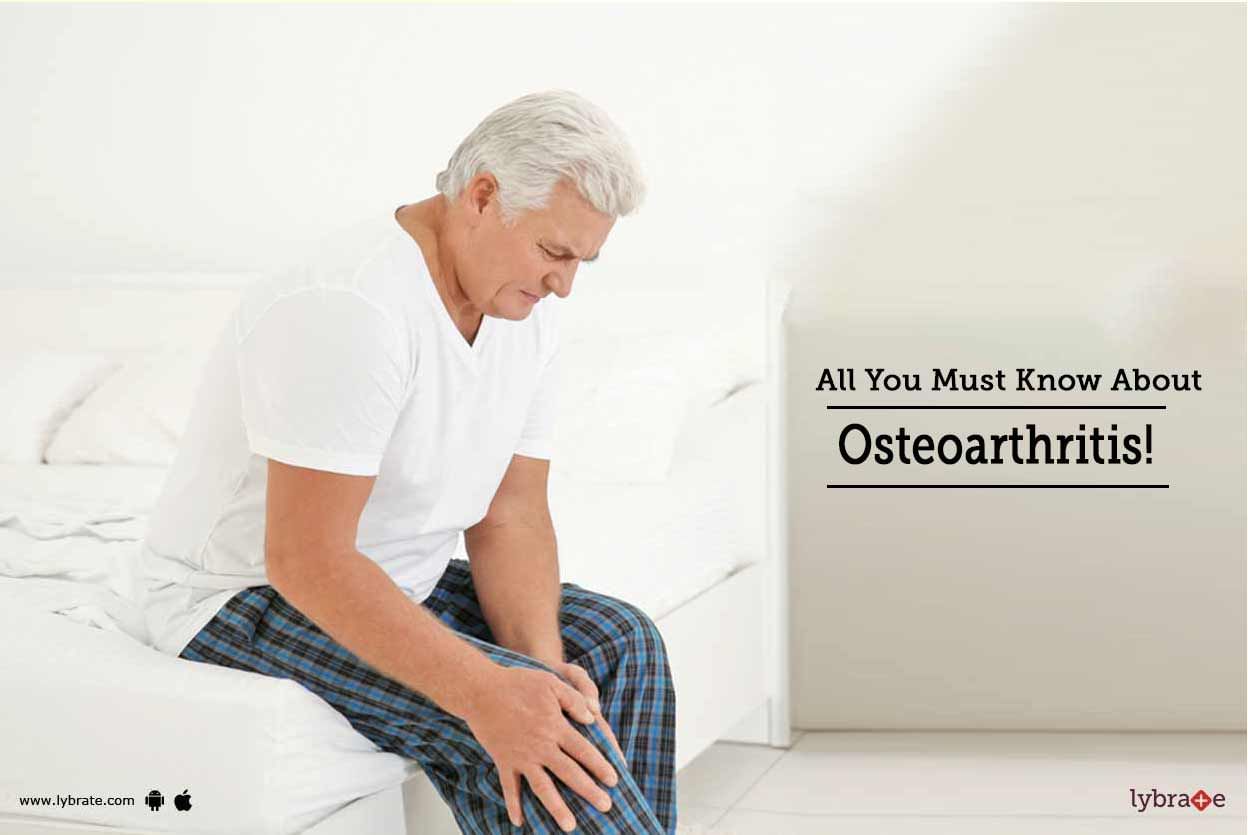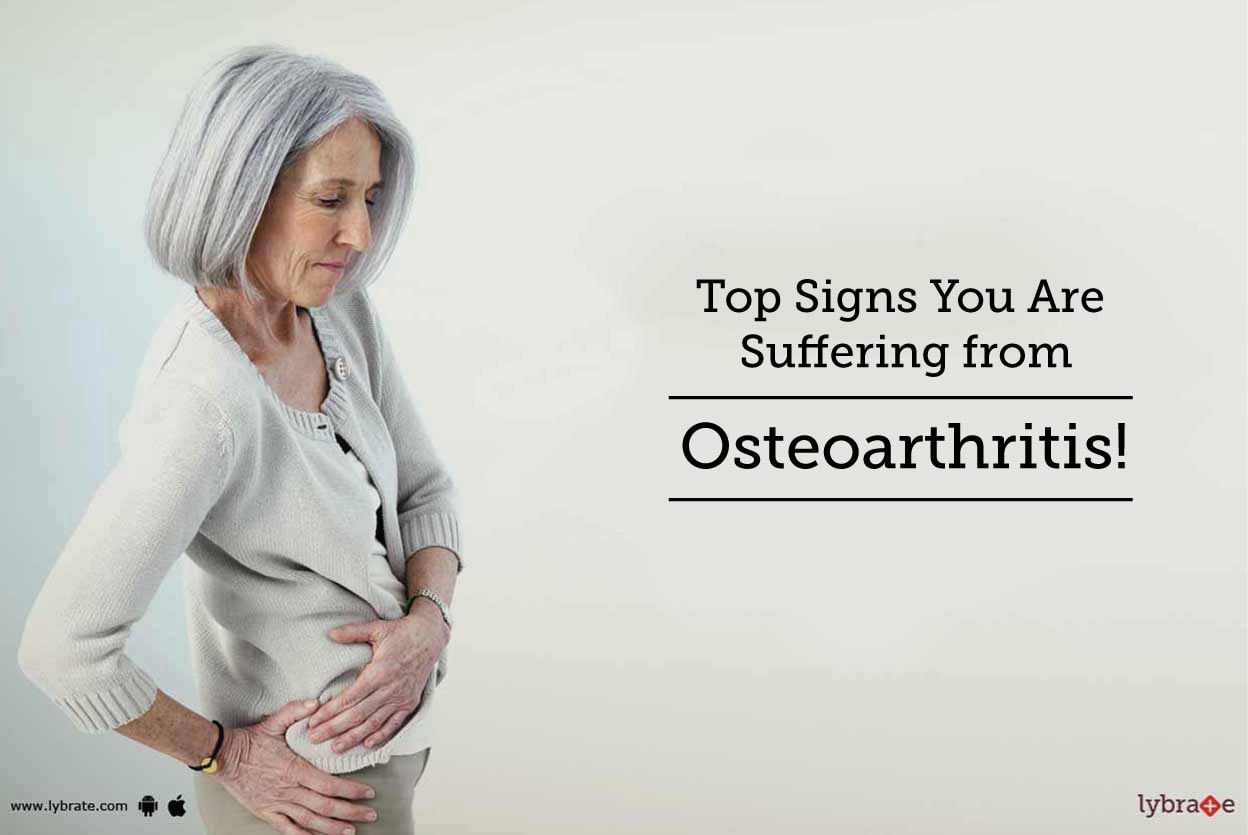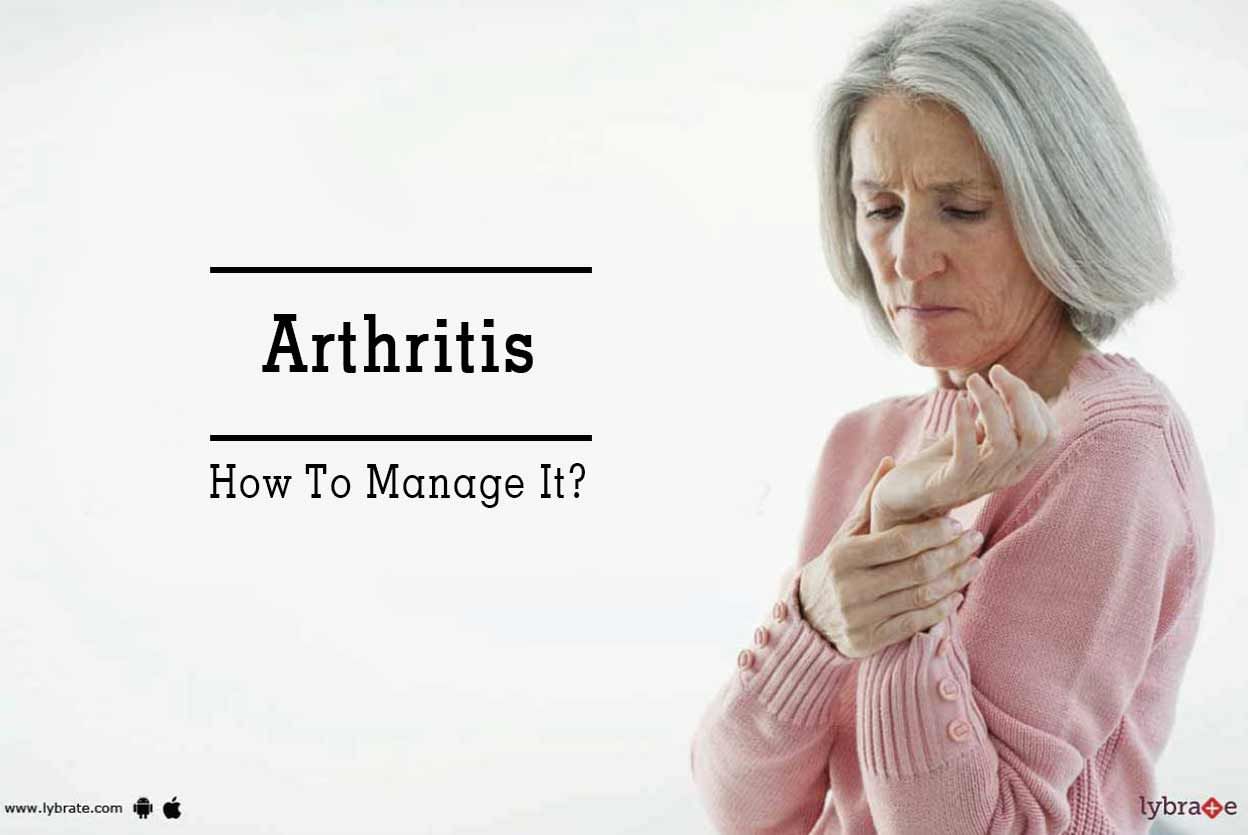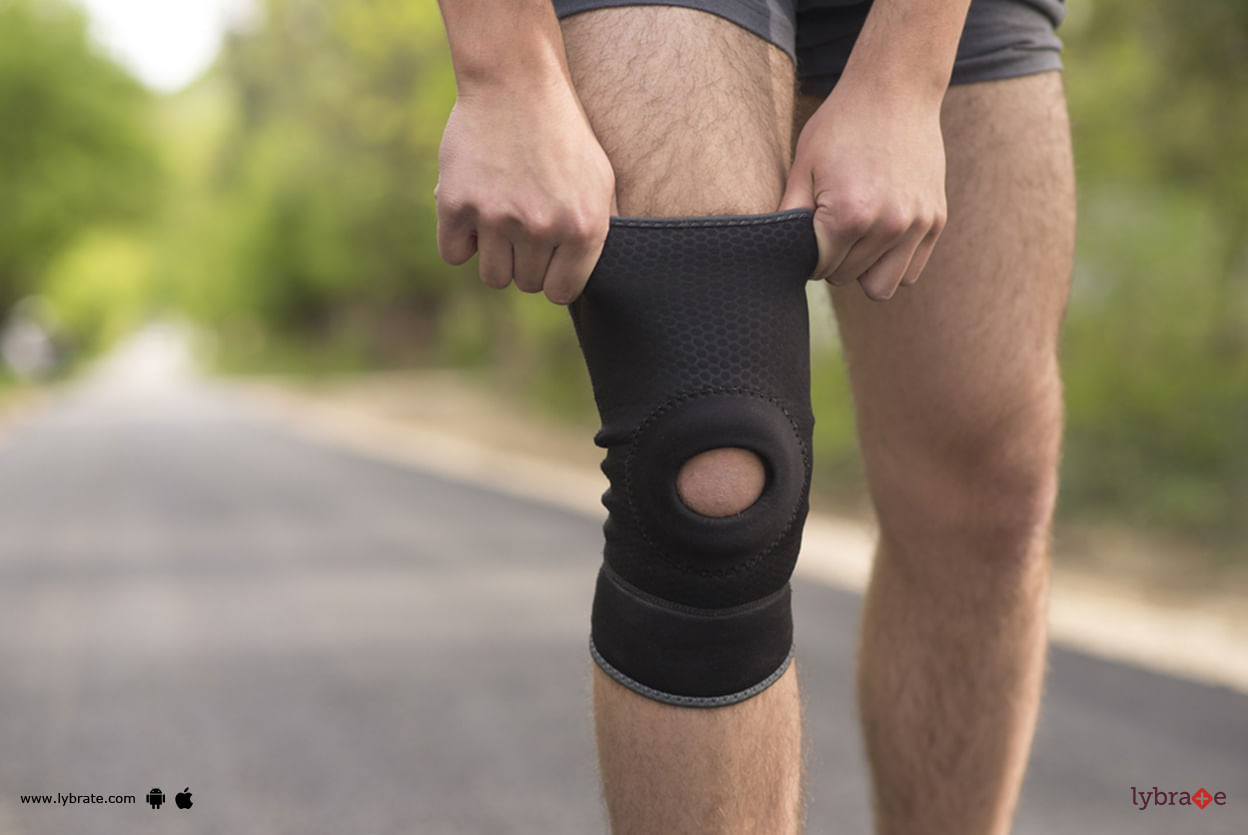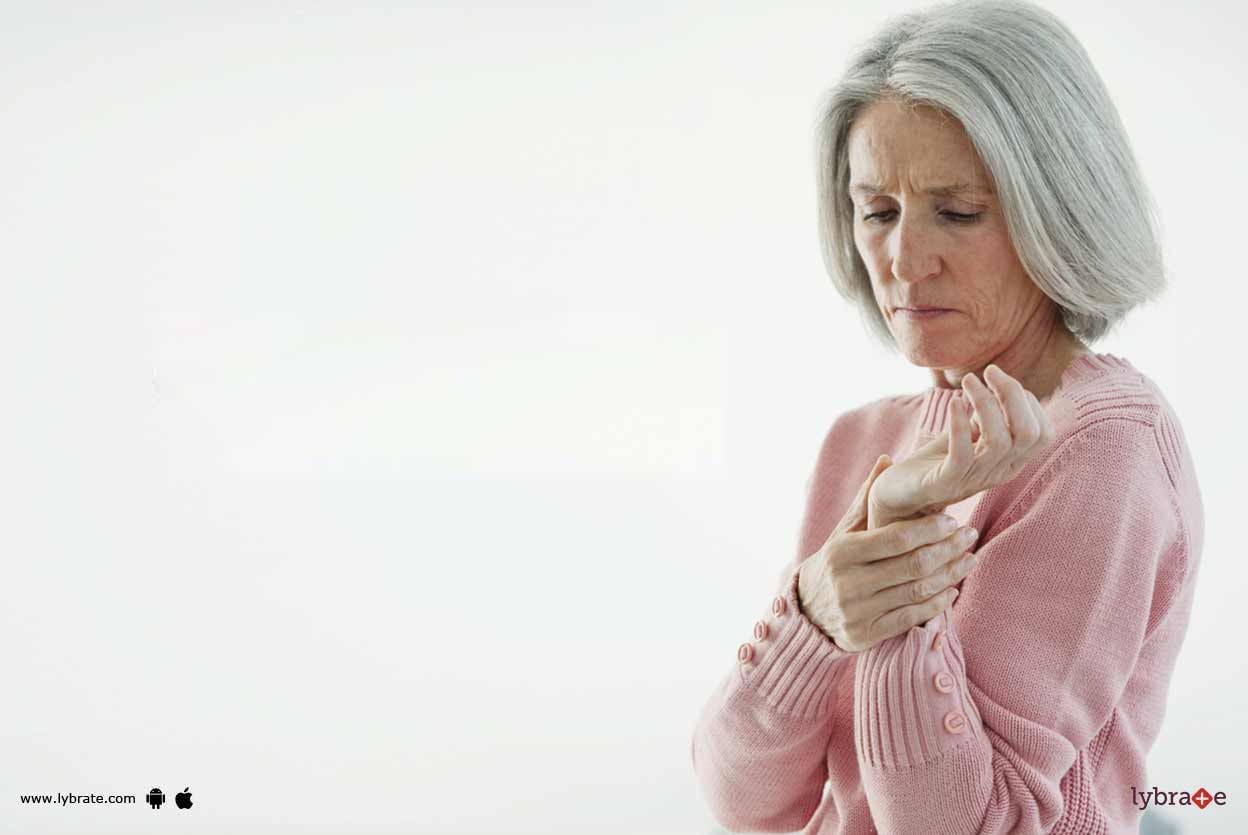Get the App
For Doctors
Login/Sign-up
About
Health Feed
Find Doctors
Health Packages
AllQ&AsTipsQuizzes
Osteoarthritis Tips
Last Updated: 5 years ago• Featured Tip
Share
Bookmark
Report
M.Sc. in Dietetics and Food Service Mana...read more
Dietitian/Nutritionist•Mumbai
Last Updated: 5 years ago• Featured Tip
Share
Bookmark
Report
Movement of the human body happens as a result of coordinated movement between the bones and the muscles. There are also cartilages that enable bones to move over and against each other, enabling body movement. Like other body parts, these are also prone to normal wear and tear. This causes bone movement to become less elastic, more rigid, and painful. This pain and inflammation of the bone joints is termed medically as osteoarthritis. It is one of the degenerative joint disease (DJD) of the bon...more
Last Updated: 5 years ago• Featured Tip
Share
Bookmark
Report
Are you experiencing pain and tenderness in your hand bones? Hand pain can occur due to several causes that may include diseases and injuries. Most of the causes of pain in the hand bones are treatable, and the symptoms can be eased. The most common conditions that cause pain and tenderness in your hand bones include the following:
De Quervain s tendinitis
This condition causes pain on your wrist on the side of your thumb. The pain develops gradually or suddenly and may travel ...more
De Quervain s tendinitis
This condition causes pain on your wrist on the side of your thumb. The pain develops gradually or suddenly and may travel ...more
Last Updated: 5 years ago• Featured Tip
Share
Bookmark
Report
Osteoarthritis may affect any joint of your body. And knee arthritis is one of the most common versions of arthritis. It can cause immense inconvenience and braces can help mitigate many of these bothers.
When Do Braces become a Necessity?
The cartilage at the knee joint cushions the knee and protects the knee from the shock waves of walking, running and other movements by absorbing them. But in some people, the cartilage begins to wear out slowly and when this happens, the un...more
When Do Braces become a Necessity?
The cartilage at the knee joint cushions the knee and protects the knee from the shock waves of walking, running and other movements by absorbing them. But in some people, the cartilage begins to wear out slowly and when this happens, the un...more
Last Updated: 5 years ago• Featured Tip
Share
Bookmark
Report
Knee problems can be quite annoying but if this problem becomes regular, it brings life to a standstill. The movement becomes restricted. Many associated problems slowly crop up. Thus, it is best to nip the problem in the bud. While some people might experience a problem in the full knee, in some people, only a single compartment (tissue or cartilage) of the knee may be affected. For such patients, Unicondylar Knee Replacement comes as a blessing.
The Unicondylar knee replacement, also ...more
The Unicondylar knee replacement, also ...more
Last Updated: 5 years ago• Featured Tip
Share
Bookmark
Report
There are so many things we take for granted. For example, have you ever thought about how your fingers bend or how your knees open and fold to help you walk? It is only when these simple acts start becoming uncomfortable that we take a closer look at them. Osteoarthritis is a common musculoskeletal condition that affects the cartilage in our joints. As the cartilage breaks down, bones lose the buffer between them and every movement becomes stiff and painful.
Here are a few things you s...more
Here are a few things you s...more
Last Updated: 6 years ago• Featured Tip
Share
Bookmark
Report
Osteoarthritis is the most common form of arthritis and can affect any joint of the body. Typically, the joints of the hands, knees, hips and spine are worst affected. This degenerative condition occurs when the cartilage cushioning the bones of a joint wear out. This causes the bones to grind against each other when moving the joint. The effects of Osteoarthritis cannot be reversed, but with medication and lifestyle changes, it can be managed and the progression of the disease can be slowed dow...more
Last Updated: 6 years ago• Featured Tip
Share
Bookmark
Report
Inflammation or swelling can be caused due to the body's natural response to injury or disease. Arthritis is a disease in which the joints in your body swell. The inflammation or swelling can cause discomfort in the form of pain, stiffness as well as difficulty in movement.
Some of the common causes of arthritis are:
Infections in the joint.
Genetic makeup in which arthritis can be a hereditary trait
Imbalance in the immunity system
Physically taxing work life or in...more
Some of the common causes of arthritis are:
Infections in the joint.
Genetic makeup in which arthritis can be a hereditary trait
Imbalance in the immunity system
Physically taxing work life or in...more
Last Updated: 6 years ago• Featured Tip
Share
Bookmark
Report
MBBS Bachelor of Medicine and Bachelor o...read more
Orthopedic Doctor•Bhubaneswar
Osteoarthritis may affect any joint of your body. And knee arthritis is one of the most common versions of arthritis. It can cause immense inconvenience and braces can help mitigate many of these bothers.
When Do Braces become a Necessity?
The cartilage at the knee joint cushions the knee and protects the knee from the shock waves of walking, running and other movements by absorbing them. But in some people, the cartilage begins to wear out slowly and when this happens, the un...more
When Do Braces become a Necessity?
The cartilage at the knee joint cushions the knee and protects the knee from the shock waves of walking, running and other movements by absorbing them. But in some people, the cartilage begins to wear out slowly and when this happens, the un...more
Last Updated: 6 years ago• Featured Tip
Share
Bookmark
Report
Osteoarthritis is referred to as a degenerative condition where the protecting cartilage of a particular body joint (which helps in smooth movement) slowly wears away with time. Osteoarthritis occurs mainly in joints of the hand, neck, hips, spine and knees. As time passes, osteoarthritis might result in severe and unbearable pain along with increased stiffness in the affected parts of the body. The affected body joints might also lose flexibility, which might result in a particularly unpleasant...more
Book appointment with top doctors for Osteoarthritis treatment
View fees, clinic timings and reviews
Ask a free question
Get FREE multiple opinions from Doctors
posted anonymously


